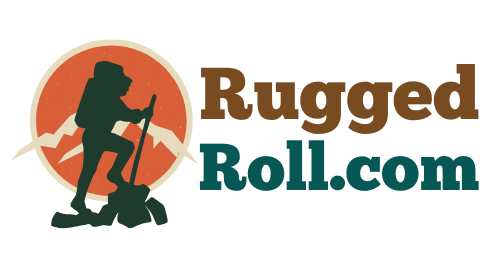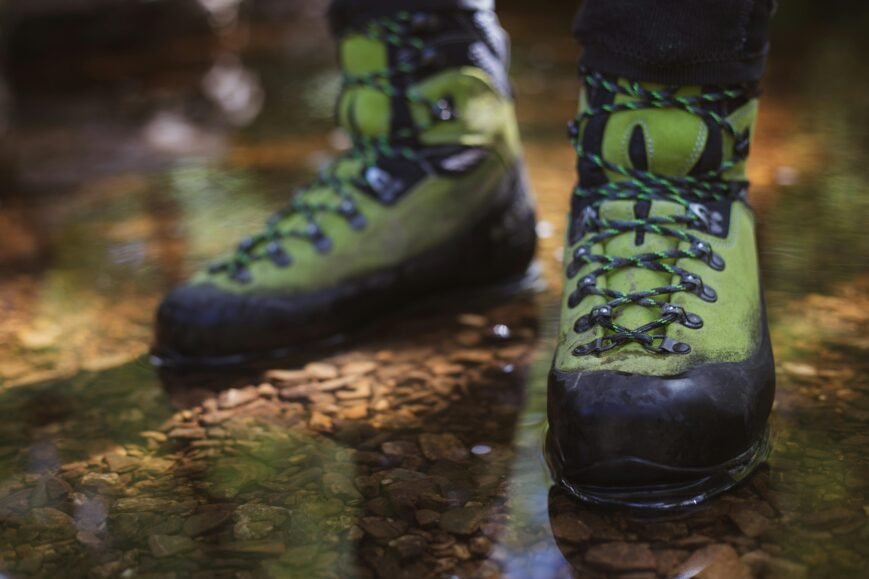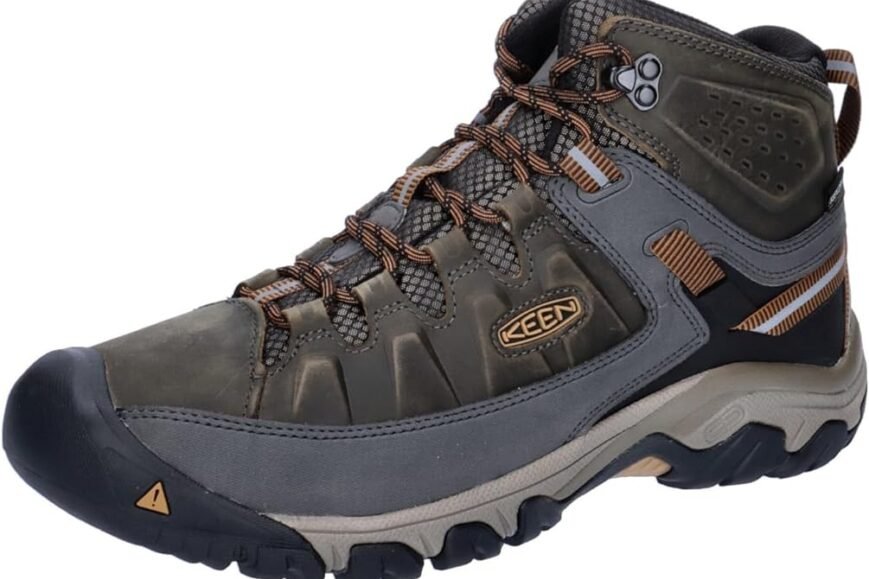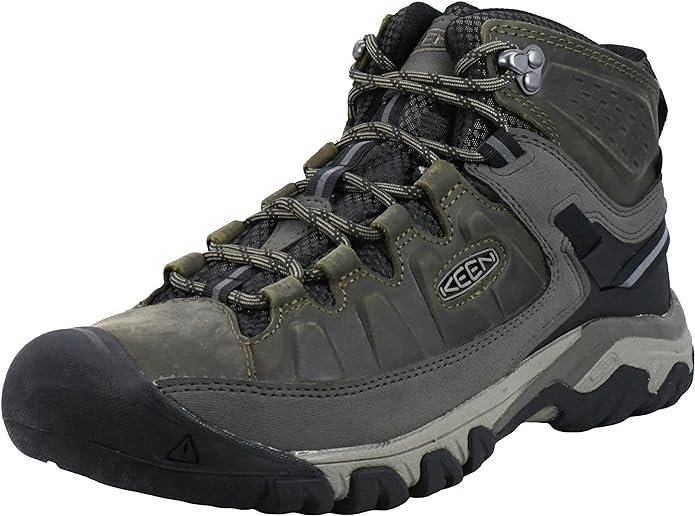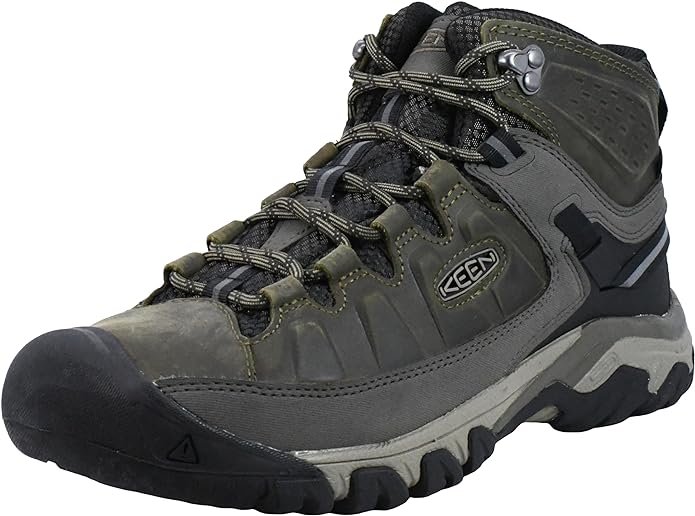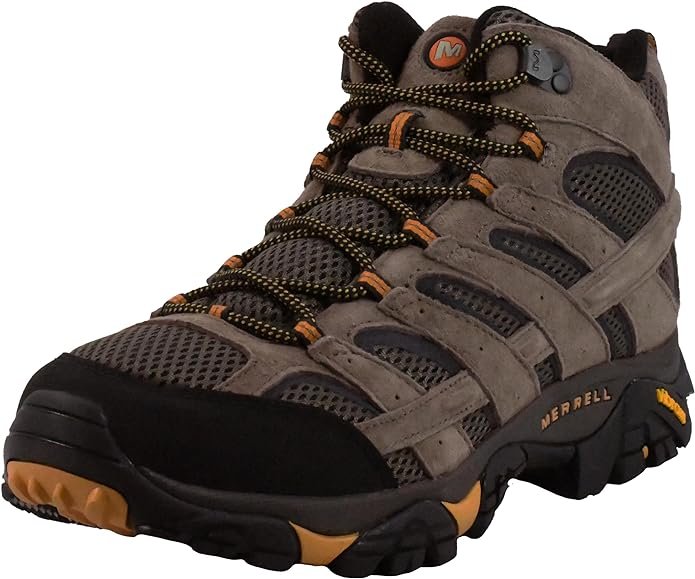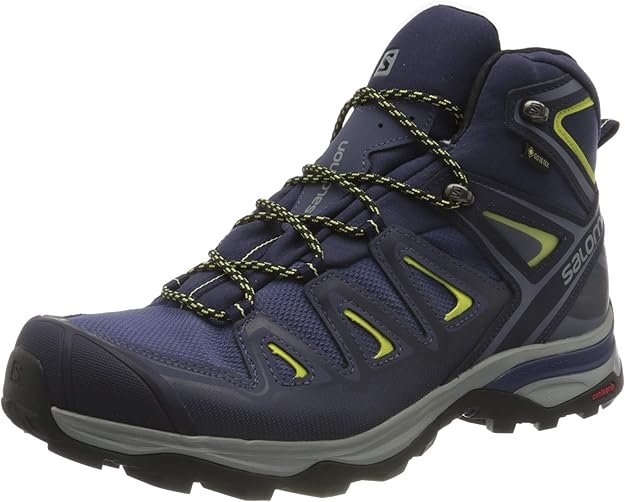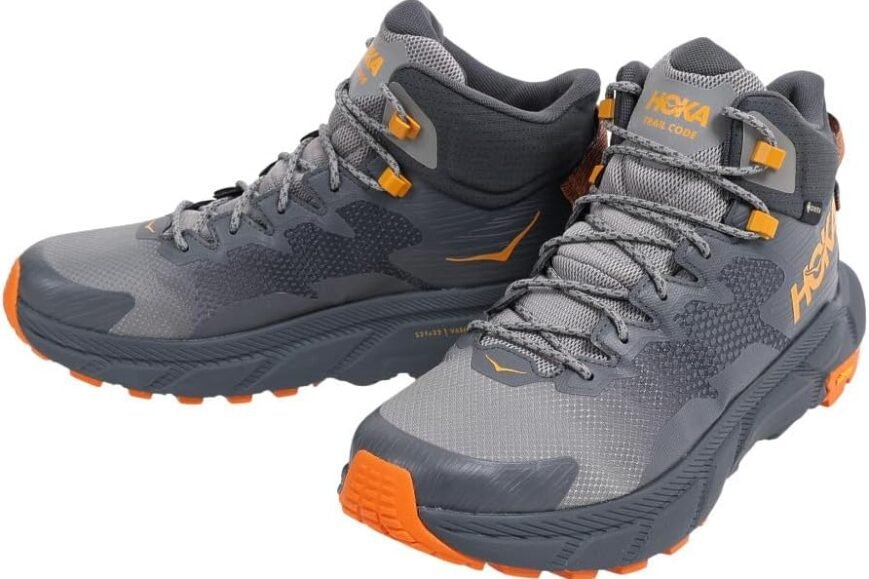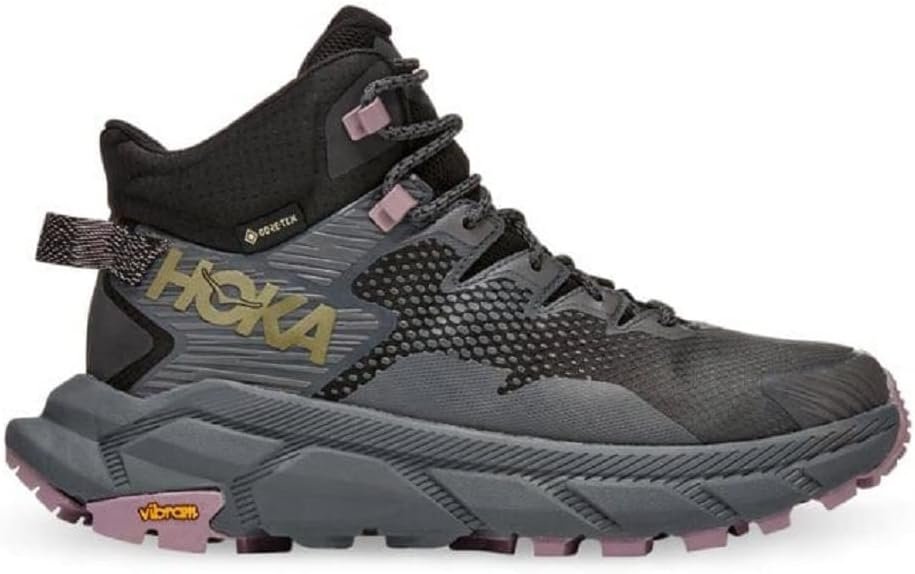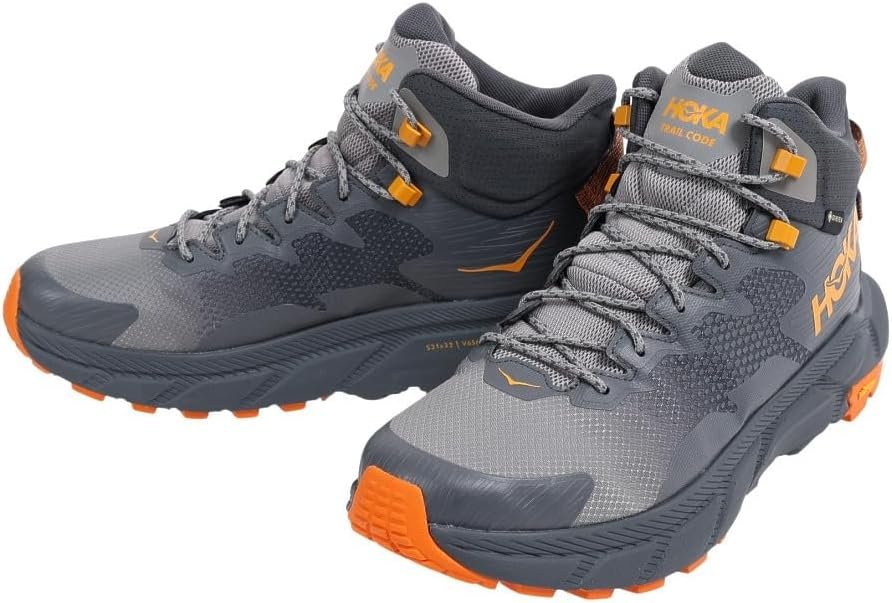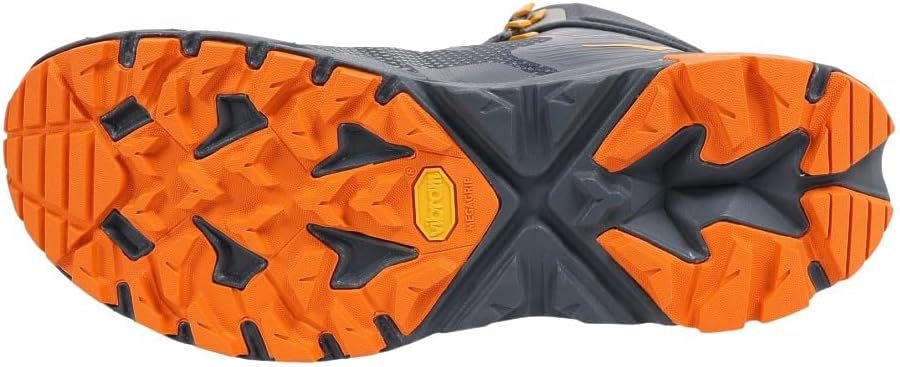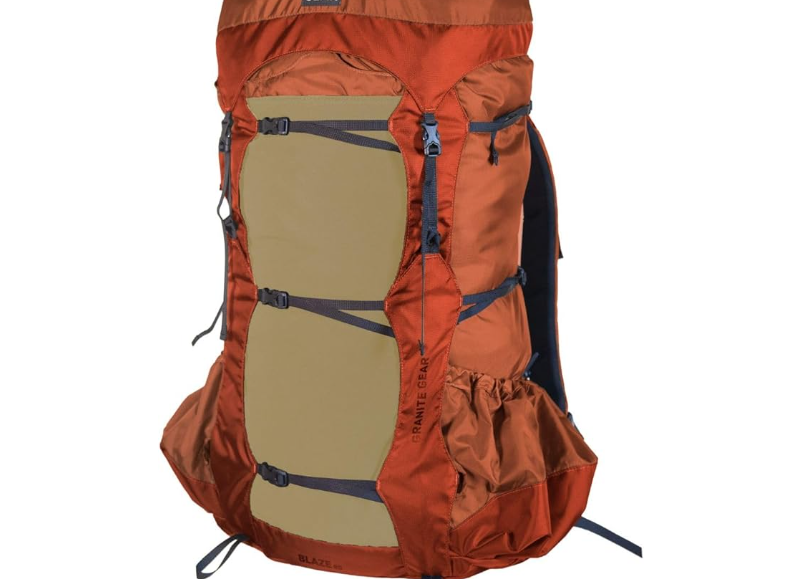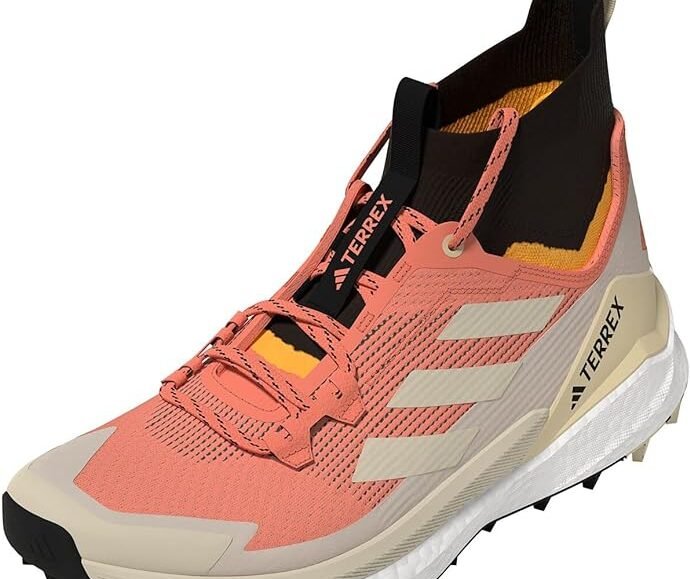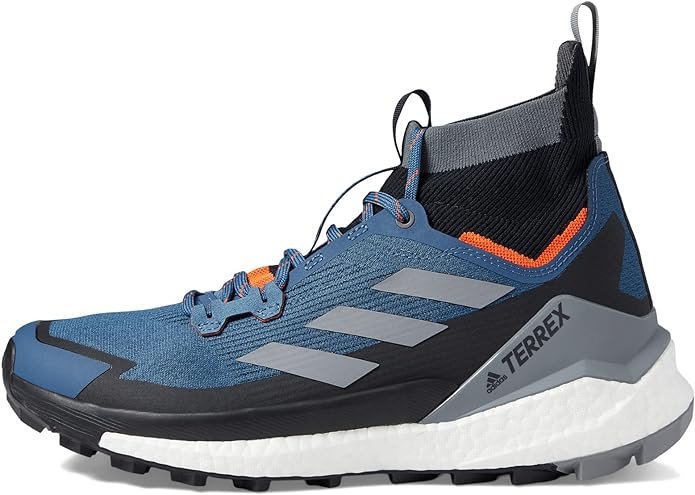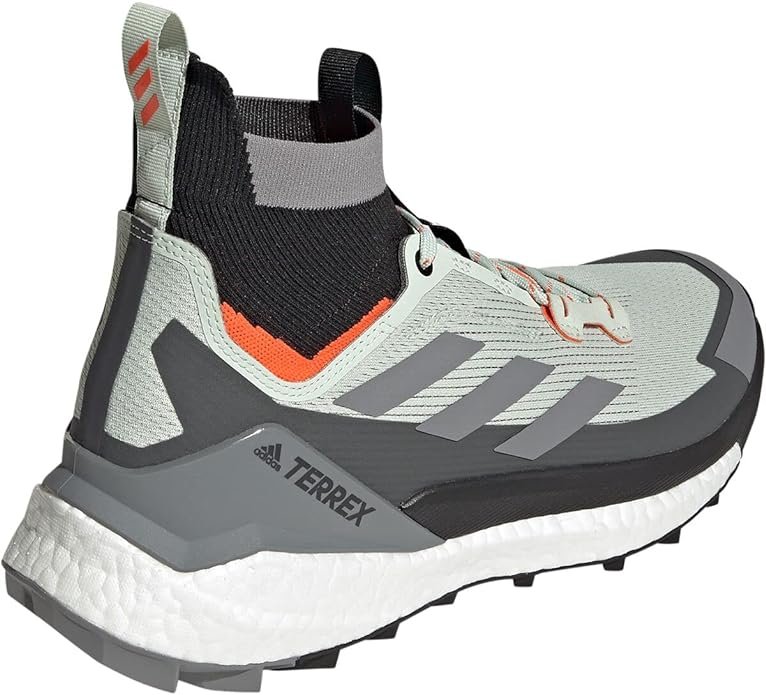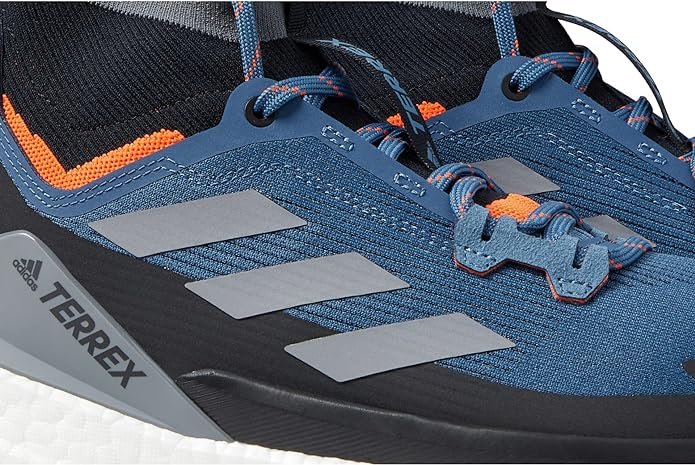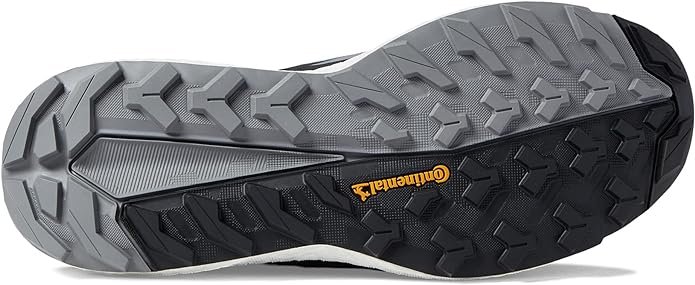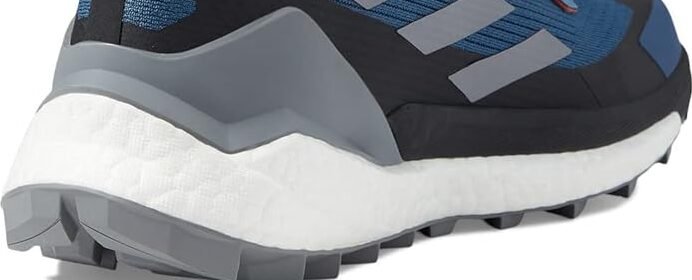Understanding ticks is crucial for hikers to ensure a safe and enjoyable outdoor experience. These small arachnids can pose significant health risks, including the transmission of various diseases. This comprehensive guide will provide hikers with essential information about ticks, their habitats, the diseases they carry, and effective prevention and removal strategies.
Types of Ticks and Their Habitats
Common Tick Species Encountered by Hikers
- Deer Ticks (Ixodes scapularis)
Deer ticks, also known as black-legged ticks, are notorious for transmitting Lyme disease. They are commonly found in wooded and grassy areas.
- American Dog Ticks (Dermacentor variabilis)
American dog ticks are larger than deer ticks and can transmit diseases such as Rocky Mountain spotted fever. They are often found in grassy fields and along trails.
- Lone Star Ticks (Amblyomma americanum)
Lone star ticks are identifiable by the distinctive white spot on the back of adult females. They are known to transmit ehrlichiosis and are prevalent in wooded areas.
Tick Habitats and Geographic Distribution
Ticks thrive in environments with high humidity and dense vegetation. They are commonly found in forests, grasslands, and areas with tall brush.
Geographic distribution varies by species, with deer ticks prevalent in the northeastern and upper midwestern United States, American dog ticks widespread in the eastern United States, and lone star ticks primarily found in the southeastern and eastern states.
Seasonal Activity of Ticks
They are most active during the warmer months, typically from spring through fall. However, some species, like deer ticks, can remain active during mild winter periods.

Tick-Borne Diseases
Lyme Disease
- Symptoms and Long-Term Effects
Lyme disease symptoms include fever, headache, fatigue, and a characteristic bull’s-eye rash. If left untreated, it can lead to severe joint pain, neurological problems, and heart issues.
- Transmission and Risk Factors
Lyme disease is transmitted through the bite of infected deer ticks. Risk factors include spending time in wooded or grassy areas and having exposed skin.
Rocky Mountain Spotted Fever
Rocky Mountain spotted fever is a serious bacterial infection transmitted by American dog ticks. Symptoms include fever, rash, and headache, and it can be fatal if not treated promptly.
Ehrlichiosis
Ehrlichiosis is transmitted by lone star ticks and causes symptoms such as fever, chills, headache, and muscle aches. Severe cases can lead to respiratory failure and organ damage.
Anaplasmosis
Anaplasmosis is another tick-borne disease transmitted by deer ticks. Symptoms include fever, headache, muscle pain, and chills. It can be severe in individuals with weakened immune systems.
Other Less Common Tick-Borne Diseases
Ticks can also transmit other diseases such as babesiosis, Powassan virus, and tularemia, though these are less common.

Prevention Strategies for Hikers
Clothing and Gear
- Wearing Light-Colored, Long-Sleeved Clothing
Light-colored clothing makes it easier to spot ticks. Long sleeves and pants provide a physical barrier.
- Tucking Pants into Socks
Tucking pants into socks prevents ticks from crawling up the legs.
- Using Permethrin-Treated Clothing and Gear
Permethrin is an insecticide that can be applied to clothing and gear to repel ticks.
Insect Repellents
- DEET
DEET is a widely used insect repellent effective against ticks. It should be applied to exposed skin and clothing.
- Picaridin
Picaridin is another effective repellent that is less likely to irritate the skin compared to DEET.
- IR3535
IR3535 is a synthetic repellent that provides protection many different insects.
- Oil of Lemon Eucalyptus
Oil of lemon eucalyptus is a natural repellent that can be effective against ticks.
Trail and Campsite Selection
- Staying on Well-Maintained Trails
Staying on clear, well-maintained trails reduces the risk of encountering ticks.
- Avoiding Tall Grass and Brush
Ticks are commonly found in tall grass and brush, so avoiding these areas can reduce exposure.
Post-Hike Tick Checks
Importance of Thorough Body Checks
Performing thorough body checks after a hike is crucial for early tick detection and removal.
Key Areas to Inspect
Key areas to inspect include the scalp, ears, armpits, groin, and behind the knees.

Tick Removal and Bite Care
Proper Tick Removal Technique
1. Using Fine-Tipped Tweezers
Fine-tipped tweezers are essential for grasping ticks close to the skin.
2. Grasping the Tick Close to the Skin
Grasp the tick as close to the skin’s surface as possible to ensure complete removal.
3. Pulling Upward with Steady Pressure
Pull upward with steady, even pressure to avoid breaking the tick’s mouthparts off and leaving them in the skin.

Cleaning the Bite Area
After removing the tick, clean the bite area thoroughly with soap and water, followed by an antiseptic to prevent infection.
Monitoring for Symptoms of Tick-Borne Illnesses
Keep an eye on the bite area and monitor for any symptoms of tick-borne diseases, such as fever, rash, or flu-like symptoms. Early detection is crucial for effective treatment.
When to Seek Medical Attention
Seek medical attention if you experience symptoms of a tick-borne illness or if you are unable to remove the tick completely. Inform your healthcare provider about the tick bite and any symptoms you are experiencing.

Myths and Misconceptions about Ticks
Debunking Common Myths
- Burning Ticks
One common myth is that burning a tick with a match or lighter will make it detach. This method is dangerous and can cause the tick to release more pathogens into the bite wound.
- Using Petroleum Jelly
Another myth is that applying petroleum jelly will suffocate the tick. This method is ineffective and can also cause the tick to regurgitate its contents, increasing the risk of infection.
Clarifying Misconceptions about Ticks
Ticks do not jump or fly; they crawl onto hosts from vegetation. Additionally, not all of them carry diseases, but it is essential to take precautions to minimize the risk of tick-borne illnesses.
Conclusion
Ticks are a significant concern for hikers, but with the right knowledge and precautions, you can minimize the risks they pose. Understanding the types of ticks, their habitats, and the diseases they carry is crucial for staying safe on the trails.
By following prevention strategies such as wearing appropriate clothing, using insect repellents, and performing thorough tick checks, you can enjoy your hiking adventures with peace of mind. Remember to remove ticks promptly and correctly, and seek medical attention if you experience any symptoms of tick-borne illnesses.
Stay informed, stay prepared, and happy hiking!
![]()
